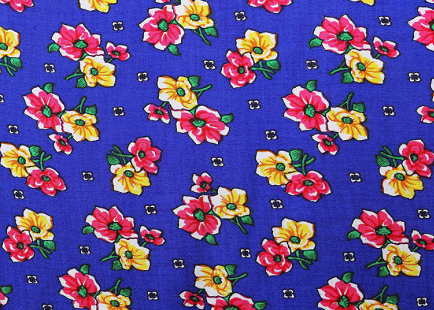© Copyright 1976-2021 Shazhou Textile Dyeing Import & Export Co., Ltd. All rights reserved. Powered by iwonder.cn
In the textile industry, the importance of certain materials used in making clothes such as silk, wool, leather, cotton, linen, and rayon cannot be over-emphasized. Rayon is a natural fiber that is formed from cellulose fiber.
Analogically, rayon has the same attributes and identical chemical configuration as cellulose.
Though, cellulose and rayon nearly share the same properties. There are significant differences between them as the molecular chains of rayon fiber are shorter as compared to cellulose fibers.
Rayon fibers also have the inability to form little crystals as cellulose fibers do.
Various categories of rayon fibers can emulate the smoothness and qualities of numerous natural fibers like linen, cotton, silk, and wool.
Several superb qualities of rayon fiber made it a widely accepted material by fashion designers and textiles in making clothing.
Looking to get quality rayon fabric for industrial use? Contact a reliable rayon fiber manufacturer for the best deals.
In the year 1855, rayon fiber was the first regenerated fiber that was patented by Georges Audemars who was a chemist from Switzerland. Rayon fabric is sometimes referred to as artificial silk.
The incandescent electric bulb of Thomas Edison motivated Sir Joseph Swann who was another chemist from England to produce an electric filament and test Audemar’s cellulose solution by freezing it in a bath.
By 1885 the wife of Sir Joseph Swann in an exposition of textiles crushed the new fibers. The new fibers were also used in Edison’s discovery,
In 1889 the artificial silk was also exhibited in Paris by Count Hilaire de Chardonnet another chemist from France.
Count Hilaire de Chardonnet built the first plant for producing chardnet silk commercially in Besancon in France. A feat that earned him the title "father of rayon industry".
§ Rayon fabric is a multipurpose and extensively used material by fashion designers and textiles.
§ Rayon materials are also having ambiguous and drape qualities which are excellent and desirable for clothing,
§ It has soft. glossy, snuggly, and stylish appearance.
§ The fabrics of rayon are extremely absorbent and permeable.
§ They are highly durable.
§ Rayon fabrics retain their appearance and color after being used over a period of time.
§ Rayon fabrics are known to have brilliant glowing colors.
§ Rayon can be machine-washed.
§ They can be printed as well be applied as dyes on other fabrics.
§ Rayon fiber helps in reducing production costs by being easily combined with other fabrics.

o The manufacturing of rayon is extremely toxic due to the use of carbon disulfide.
o Rayon-based fabrics degrade and decompose gradually due to their water-resisting nature.
o Regular viscose rayon can only be maintained and cleaned only by laundering.
o Rayon has low resilience, hence it shrinks unless it is properly treated.
o When wet, they are highly volatile and have minimum wet strength.
o Rayon has unknown rates of disabilities in modern factories.
Mostly rayon fabrics are used in the textile industry for manufacturing clothing like blouses, skirts, sarees, and socks.
They are also extensively used in producing furnishings and fittings in residential homes and offices such as curtains, blankets, and bedsheets.
In the medical field, rayon fibers are also used to make bandages for surgical dressings.
As it is widely used in diverse applications, getting rayon fiber from a reputable rayon fabric supplier assures you of the best product for personal or industrial use.
Kindly contact us today and you will be glad you teamed up with a professional supplier for the best deals.